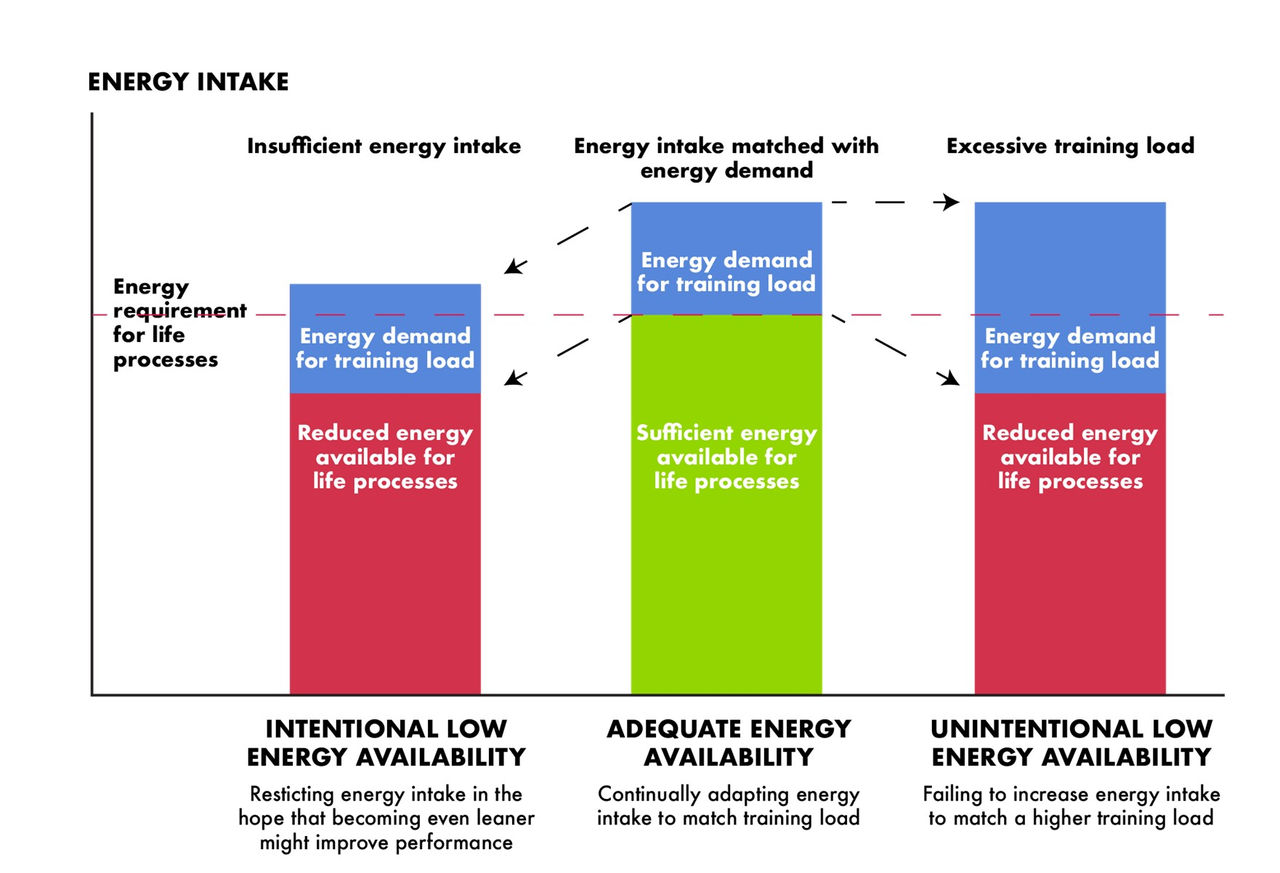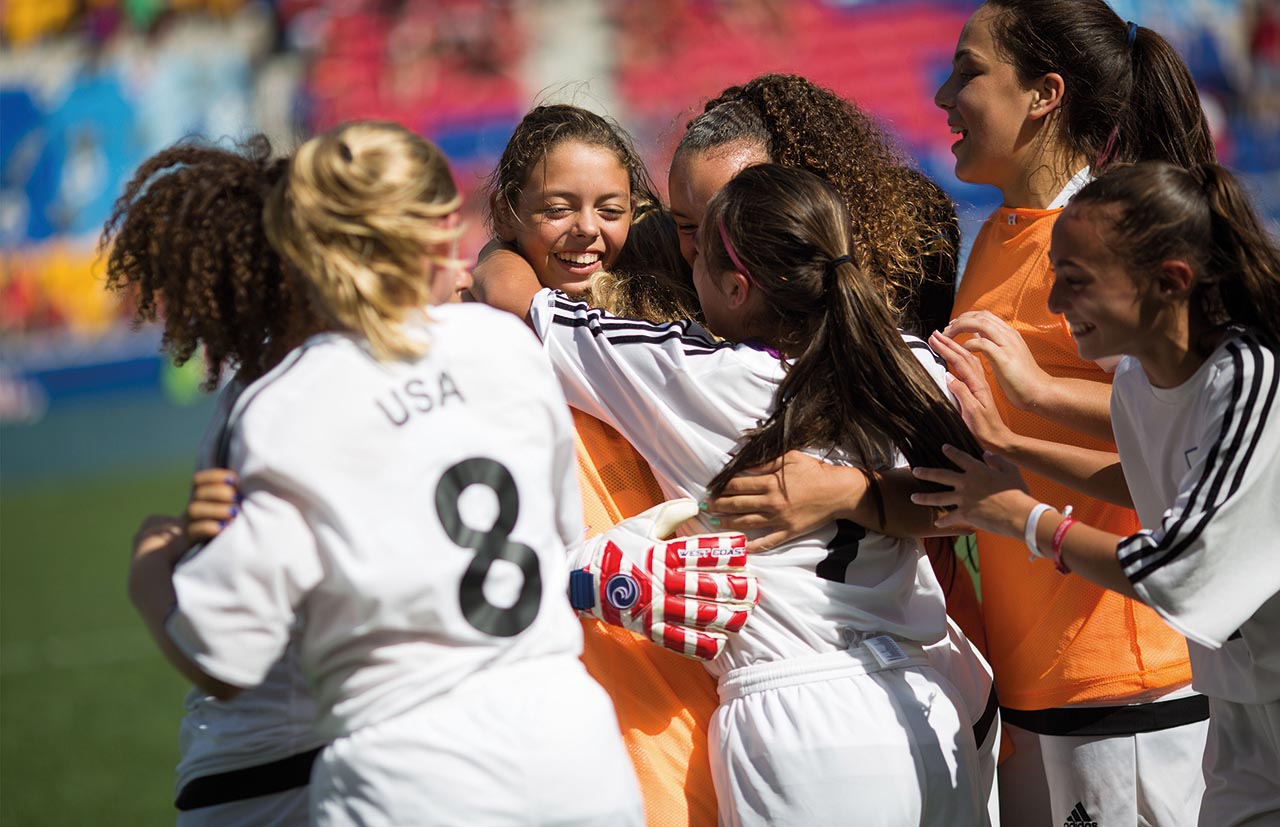Figure 1: Recreated with permission from Dr. Nicky Keay. [Keay N. Francis G. Infographic. Energy availability: concept, control and consequences in relative energy deficiency in sport (RED-S). Br J Sports Med. 2019;53(20):1310. DOI: 10.1136/bjsports-20 REDs(Keay) 19-100611.]
As a registered performance nutritionist working with athletes at all levels, from recreational to elite, I've seen how the pressures of training, performance, and life balance can lead athletes into a condition called Relative Energy Deficiency in Sport (RED-S). While elite athletes often have more support, recreational athletes are equally at risk, if not more, due to a lack of awareness about RED-S and how it impacts their health and performance.
Raising awareness about its risks and symptoms, especially at grassroots levels, is critical to ensuring athletes remain healthy while pursuing their sports goals. By fostering education and support, we can help athletes of all levels balance performance with long-term health and wellbeing.
What is RED-S?
RED-S occurs when an athlete’s energy intake is insufficient to support both the demands of training and essential bodily functions. This state of insufficient energy is known as Low Energy Availability (LEA) (Figure 1) [1]. LEA can arise either intentionally, through practices like calorie restriction and overtraining, or unintentionally, when the individual is unaware of the energy demands required.
In female athletes, RED-S often results in menstrual irregularities, such as delayed periods or amenorrhea, but its effects extend across multiple body systems, including cardiovascular, gastrointestinal, and psychological health. Some of the most significant health consequences include, although are not limited to:
- Hormonal disruption: Irregular periods or amenorrhea in women
- Bone health issues: Lower bone density and higher risks of stress fractures and osteoporosis.
- Immune system suppression: More frequent illnesses and slower recovery from injury.
- Mental health challenges: Mood swings, anxiety, and difficulty concentrating.
From a performance perspective, RED-S causes increased fatigue, slower recovery, reduced endurance, and muscle weakness, all of which hinder an athlete’s ability to train and compete effectively.
RED-S represents a broader understanding beyond the older concept known as Female Athlete Triad[2], which is associated with physically active females. RED-S encompasses all athletes regardless of gender and recognises the widespread consequences of energy deficiency.

How Prevalent is RED-S and Who is at Risk?
RED-S can affect any athlete regardless of gender, age, or sport, but certain groups are more vulnerable. Female athletes, especially those in gymnastics or endurance sports (like cycling and running), are at higher risk due to the focus on leanness or weight management. Adolescents and young adults are also particularly at risk because of the additional energy demands associated with growth and development.
The prevalence of Relative Energy Deficiency in Sport (RED-S) among female athletes ranges widely, with estimates from 23% to 79.5%. These figures vary depending on the athlete's level (elite, collegiate, or recreational) and the type of sport, with higher rates in endurance, aesthetic, and weight-class sports[3]. From my experience, recreational athletes in particular are at significant risk, often going unnoticed. They face unique challenges, including limited access to professional support, underestimating their nutritional needs, and balancing training with work, school, or family responsibilities. These athletes are also subject to societal pressures to maintain a certain body image, which can lead to both intentional and unintentional under-fuelling. And I have seen many recreational female athletes push themselves just as hard as their elite counterparts but without the necessary knowledge or resources to maintain energy balance.
Raising Awareness at the Grassroots Level
One of the most critical steps in addressing RED-S is raising awareness, especially among recreational athletes and at grassroots levels. Elite athletes often have access to nutritionists, coaches, and physicians who can pick up on red flags quickly and help manage their energy needs, but this support is often lacking for non-professional athletes.
Schools, local sports clubs, and fitness communities are key areas where awareness needs to grow. By educating athletes, coaches, and even the wider family about the risks and symptoms of RED-S, we can prevent it from taking hold and protect the future health and performance of athletes at all levels.
Diagnosing and Identifying RED-S
Identifying RED-S can be difficult due to its often subtle and varied symptoms. The accompanying module on nutrition for female athletes includes more details on the signs to look for and how clinicians can assess symptoms.
RED-S and eating disorders are not the same, though they can be related. Disordered eating behaviours such as intentional restriction can lead to RED-S, but it is not always the case. Many athletes fall into energy deficiency without realising it, especially when training intensifies, but their energy intake does not increase accordingly.
A tailored approach is essential for individual athletes, and regular monitoring of menstrual health, bone density, and psychological well-being is vital for recovery, along with potential pharmacological interventions.
Where to Get Support for RED-S
If you or someone you know is showing red flags, it’s important to seek help from professionals who specialise in RED-S. A sports dietitian, endocrinologist, or sports physician can provide comprehensive assessments and treatment. Organisations like the Project REDs [4] offer valuable resources and support too.
References
- Keay N. Energy availability [Online]. Available at: https://nickykeayfitness.com/tag/energy-availability/ [Accessed: September 2024].
- Sangenis P, Drinkwater BL, Loucks A, et al. IOC consensus statement on the female athlete triad. Br J Sports Med 2005;39(5):421-3.
- Mountjoy M, Ackerman KE, Bailey DM, Burke LM, Constantini N, Hackney AC, Heikura IA, Melin A, Pensgaard AM, Stellingwerff T, Sundgot-Borgen JK. 2023 International Olympic Committee’s (IOC) consensus statement on relative energy deficiency in sport (REDs). British journal of sports medicine. 2023 Sep 1;57(17):1073-97.
- Project RED-S. 2023. Available from: https://red-s.com/ [Accessed September 2024].
you may also be interested in
Disclaimer: This information is intended for Health and/or Nutrition Professionals working within the field of sport and performance nutrition, including sports nutritionists, dietitians, sports scientists, coaches, athletic trainers and others who have professional training in nutrition and human physiology.


